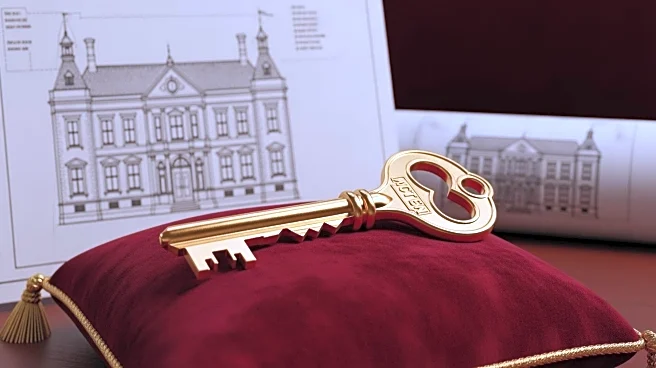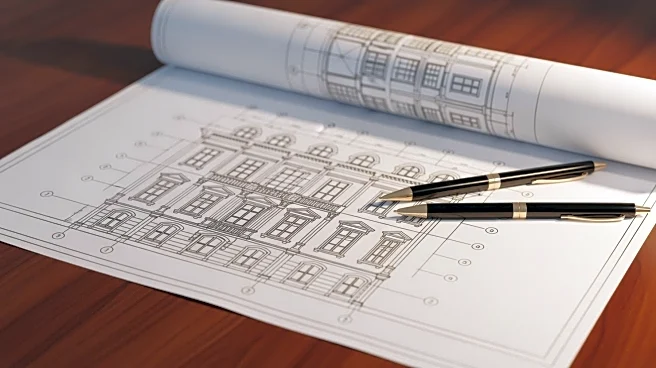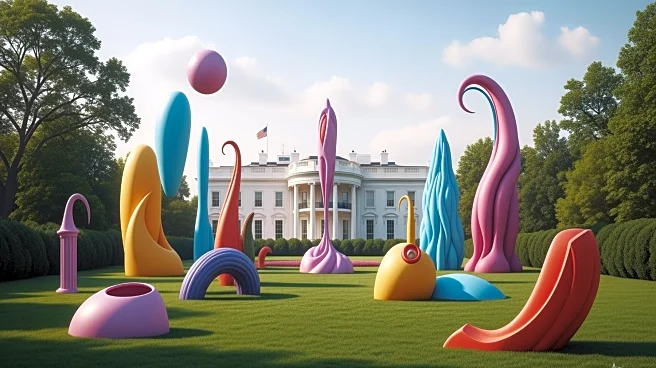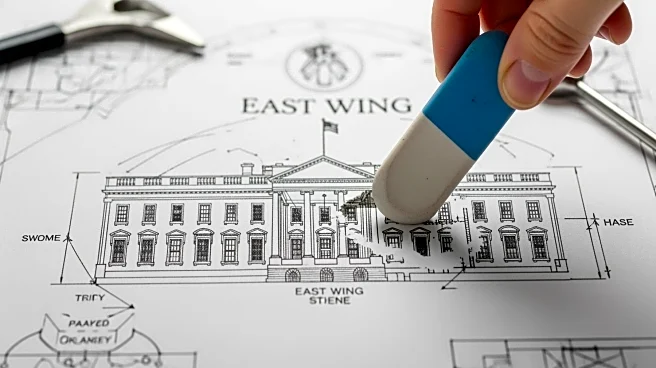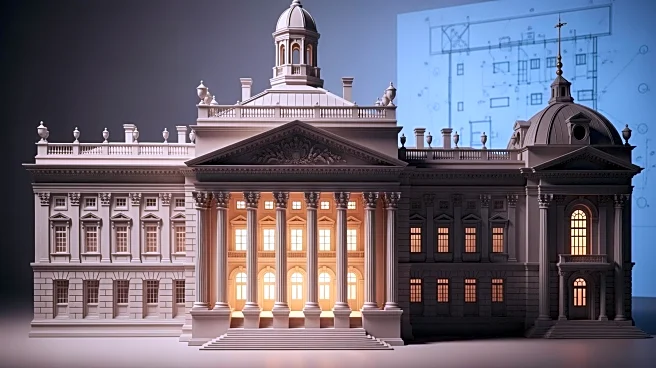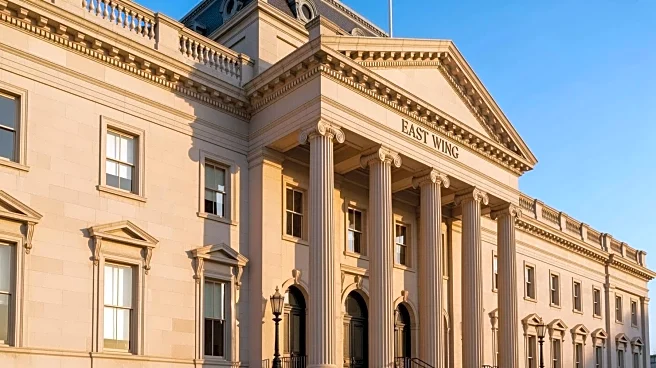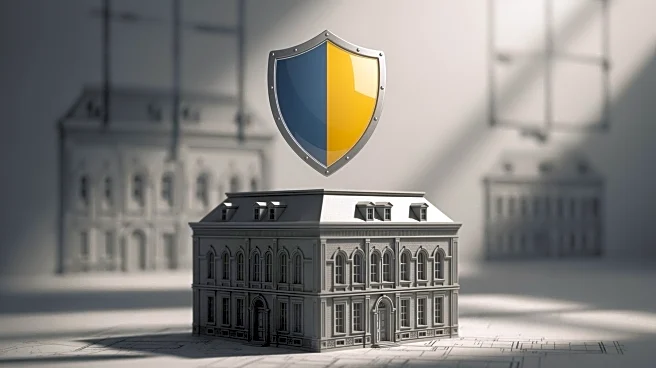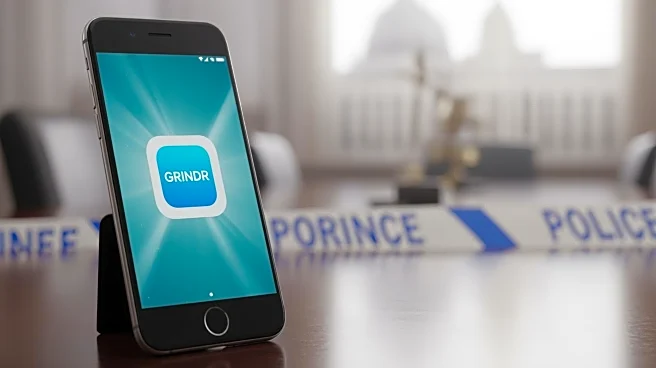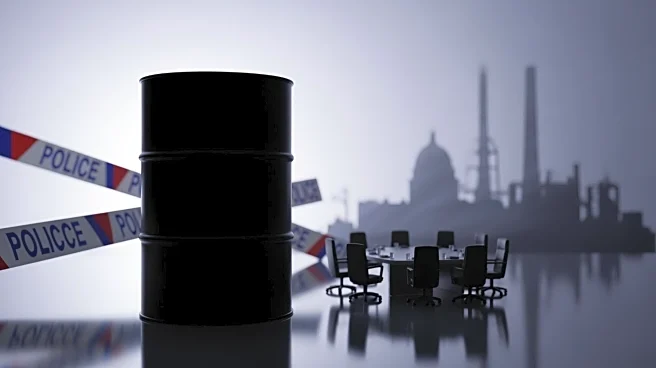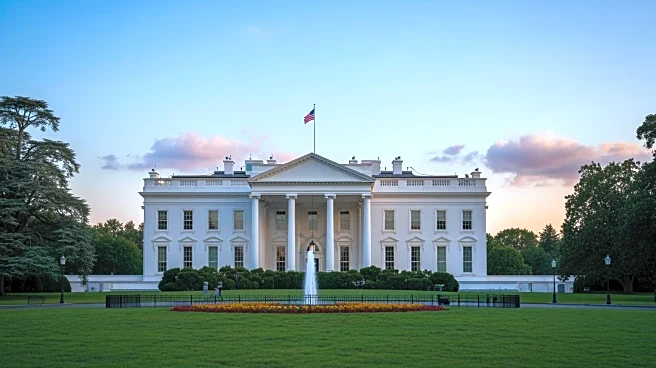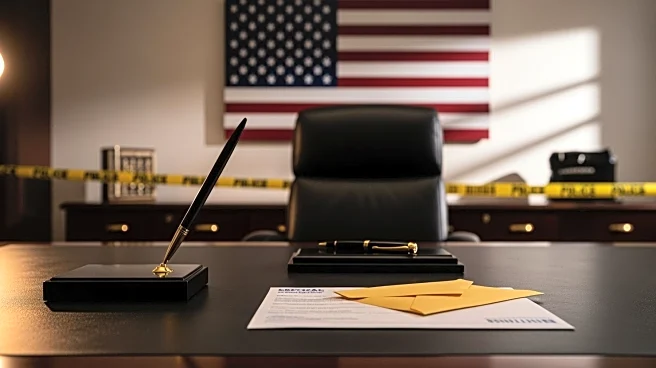What's Happening?
The White House is undergoing renovations in its East Wing, a move that has sparked discussions about its necessity. ABC News' Alex Presha interviewed Gahl Burt, who served as President Ronald Reagan’s
social secretary, to gain insights into the renovations. Burt expressed that these updates are long overdue, suggesting that the infrastructure and facilities have not kept pace with modern requirements. The East Wing, which houses offices for the First Lady and her staff, as well as the White House Social Office, plays a crucial role in the operations of the presidential residence. The renovations aim to address both aesthetic and functional aspects, ensuring the space meets contemporary standards.
Why It's Important?
The renovations of the White House East Wing are significant as they reflect the ongoing need to maintain and update national landmarks to meet current operational standards. This project highlights the balance between preserving historical integrity and accommodating modern needs. The updates could improve the efficiency of operations within the East Wing, potentially impacting how events and functions are managed. Additionally, the renovations may set a precedent for future updates to other parts of the White House, emphasizing the importance of maintaining the functionality of government buildings while respecting their historical value.
What's Next?
As the renovations progress, there may be further discussions and evaluations regarding the scope and impact of the changes. Stakeholders, including government officials and historical preservationists, might weigh in on the outcomes of the renovations. The completion of the project could lead to a reassessment of other areas within the White House that may require similar updates. Public and political reactions could influence future decisions on maintaining and upgrading other government properties.
Beyond the Headlines
The renovations of the White House East Wing also bring to light the broader issue of maintaining historical sites in the U.S. The challenge lies in preserving the cultural and historical significance of such landmarks while ensuring they remain functional and safe for modern use. This situation underscores the ongoing debate between historical preservation and modernization, a topic that resonates with many other historical sites across the country.
